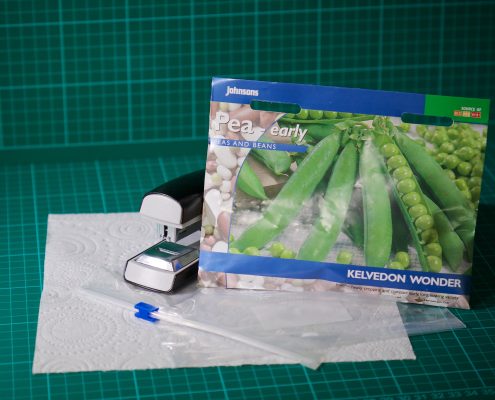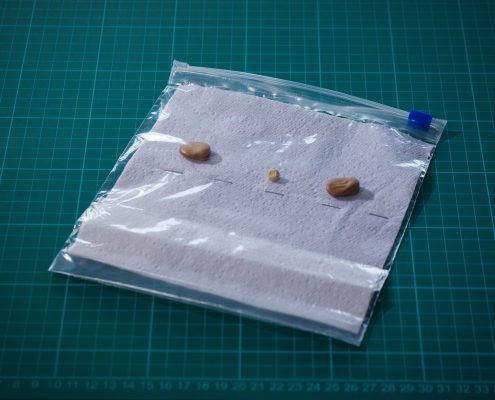Plants
Science for Families: Activities to support the ‘Plants’ session
Science for Families: Activities to support the ‘Plants’ session
This resource is designed to accompany the Science for Families course delivered by NUSTEM or one of our partners. It’s a six-week parent and child course delivered in primary schools.
You’re welcome to use the resources for other purposes, but they might not make quite as much sense!
 By now, you’ve probably already done some experiments with plants; growing seeds in a bag and dissecting the parts of a flower.
By now, you’ve probably already done some experiments with plants; growing seeds in a bag and dissecting the parts of a flower.
Seeds are amazing! They can hang around for years not doing anything at all, and then with just a little water and the right temperature, BOOM: they start to grow. One of the oldest seeds ever to grow into a plant was around 2000 years old.
Seeds are able to sense the environment around them, using systems known as tropisms. They have hydrotropism which allows the roots to sense water and grow towards it. Plants needs water to survive and they get it through their roots. The shoots have something called phototropism, which means they sense and grow towards the light. Plants need light in order to make food. To make sure that the roots grow downwards and the shoots grow upwards, the seed can sense gravity: it ‘knows’ which way is up and which way is down. This is called geotropism.
 There are loads of experiments that you can do with hydrotropism, phototropism and geotropism. Here are just a few to get you started:
There are loads of experiments that you can do with hydrotropism, phototropism and geotropism. Here are just a few to get you started:
Plants are pretty amazing all on their own, but if you want to have a go at customising your flowers, here’s a video that shows you how:
We decided to take it one step further and tried to make multi-coloured flowers. By carefully splitting the stems with a sharp knife (sound the adult assistance alarm!), and placing the ends in differently-coloured water, we managed to make some two-tone tulips (technically carnations, but who can resist adding alliteration?).
Check out our gallery:

 Science for Families: Oobleck
Science for Families: OobleckWe may request cookies to be set on your device. We use cookies to let us know when you visit our websites, how you interact with us, to enrich your user experience, and to customize your relationship with our website.
Click on the different category headings to find out more. You can also change some of your preferences. Note that blocking some types of cookies may impact your experience on our websites and the services we are able to offer.
These cookies are strictly necessary to provide you with services available through our website and to use some of its features.
Because these cookies are strictly necessary to deliver the website, refusing them will have impact how our site functions. You always can block or delete cookies by changing your browser settings and force blocking all cookies on this website. But this will always prompt you to accept/refuse cookies when revisiting our site.
We fully respect if you want to refuse cookies but to avoid asking you again and again kindly allow us to store a cookie for that. You are free to opt out any time or opt in for other cookies to get a better experience. If you refuse cookies we will remove all set cookies in our domain.
We provide you with a list of stored cookies on your computer in our domain so you can check what we stored. Due to security reasons we are not able to show or modify cookies from other domains. You can check these in your browser security settings.
These cookies collect information that is used either in aggregate form to help us understand how our website is being used or how effective our marketing campaigns are, or to help us customize our website and application for you in order to enhance your experience.
If you do not want that we track your visit to our site you can disable tracking in your browser here:
We also use different external services like Google Webfonts, Google Maps, and external Video providers. Since these providers may collect personal data like your IP address we allow you to block them here. Please be aware that this might heavily reduce the functionality and appearance of our site. Changes will take effect once you reload the page.
Google Webfont Settings:
Google Map Settings:
Google reCaptcha Settings:
Vimeo and Youtube video embeds:
The following cookies are also needed - You can choose if you want to allow them:
You can read about our cookies and privacy settings in detail on our Privacy Policy Page.
Privacy Notice and Cookies 2025
Leave a Reply
Want to join the discussion?Feel free to contribute!